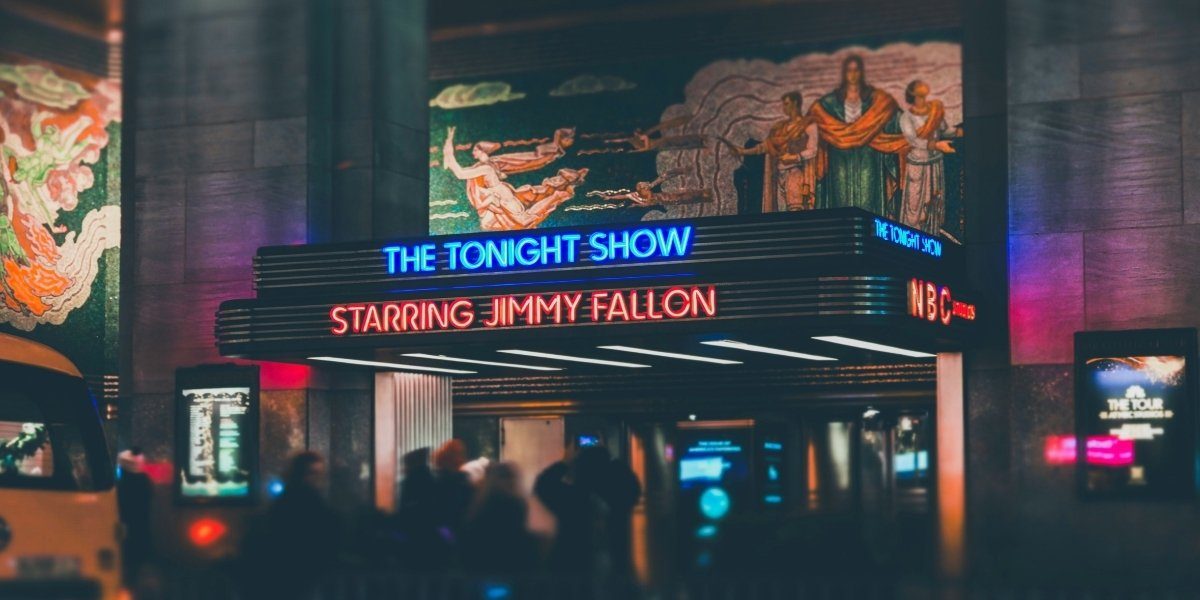Creative Development and Production
The journey of bringing a show to life begins with the creative development process, where ideas are transformed into tangible entertainment experiences. This stage involves concept generation, scriptwriting, casting, filming, recording, and stage design—all of which contribute to the production’s artistic vision.
Creating a show involves a collaboration between writers, directors, producers, and other creatives, who work together to craft the story, the visuals, and the performances. Behind the scenes, production designers create the sets, while cinematographers or directors of photography ensure that the visuals capture the desired look and feel. In television and film, casting plays a crucial role in shaping the audience’s connection to the content, as the choice of actor can directly affect how a character resonates with viewers.
Read Also: Shedding Light on Blue Light Blocking Glasses: Effectiveness and Benefits
However, bringing creative visions to life requires more than just artistic talent; there are logistical and financial considerations that must be addressed. Budgets must be carefully planned to cover the costs of talent, crew, locations, equipment, post-production, and other resources. These budgets will shape the overall scope and execution of the show.
Financing and Investment
Entertainment projects, especially large-scale productions like films, television series, and live events, require significant funding. Financing and investment are crucial aspects of the industry, as they determine whether a show can get off the ground.
There are a variety of sources from which entertainment projects can receive financing. Traditionally, studio financing has been the primary source of funding for major film and TV productions. However, as the industry evolves, many creators are turning to alternative funding methods such as private investors, crowdfunding, and even government grants. In some regions, governments offer incentives and tax credits to encourage filming in certain locations, which can significantly reduce costs.
The financial risks associated with producing entertainment content are high, but so are the potential rewards. Successful shows can generate substantial revenue through box office sales, licensing, merchandising, and streaming platforms. However, investments in entertainment are always speculative, as there’s no guarantee a show will resonate with audiences.
Distribution and Licensing
Once a show has been produced, the next step is to distribute it to the audience. The distribution process determines how the content reaches consumers, and it is a complex ecosystem that spans a variety of platforms and media types.
Entertainment content can be distributed through multiple channels, such as theatrical releases, television broadcasting, streaming platforms, digital downloads, physical media, and live performance venues. The rise of streaming services such as Netflix, Hulu, and Amazon Prime has revolutionized the distribution landscape, allowing content to be consumed on-demand and at scale. Distribution also involves navigating licensing agreements and protecting intellectual property to ensure that content creators and distributors receive compensation for their work.
Licensing can become a significant revenue stream, especially in global markets, as content often crosses national borders to reach international audiences. The digital landscape has made distribution both easier and more competitive, as creators have access to worldwide audiences but must contend with the challenges of standing out in an overcrowded market.
Marketing and Promotion
Once a show is ready for release, marketing and promotion are critical to generating interest and attracting audiences. A successful marketing campaign ensures that people are aware of the content and eager to consume it.
Marketing strategies can include traditional advertising, such as TV commercials, print ads, and billboards, as well as more modern tactics like social media marketing, public relations, and influencer partnerships. Targeted campaigns on platforms like Instagram and TikTok allow shows to reach their intended audiences, while viral content, sneak peeks, and trailers help build anticipation before a release.
Publicists work tirelessly to generate buzz for shows, securing interviews, reviews, and features in media outlets. In today’s digital age, viral marketing can significantly boost a show’s visibility, making social media platforms an essential tool for entertainment companies to engage with audiences and generate excitement.
Audience Engagement and Consumption
Understanding how audiences interact with and consume entertainment is essential for success in the industry. In an era of streaming and on-demand content, audience behavior is rapidly evolving. Factors such as viewership patterns, listenership, attendance, and online engagement all shape how entertainment is consumed.
Audiences are more empowered than ever before, as they can choose when and where they consume content. Platforms like Netflix, YouTube, and Spotify allow people to watch or listen to content at their convenience, which has led to a shift in viewing habits—especially with binge-watching becoming the norm.
Technology plays a central role in shaping consumption patterns, from high-definition visuals to immersive experiences such as virtual reality (VR) and augmented reality (AR). As technology continues to evolve, it will further influence the way audiences engage with content, and this will challenge producers and marketers to adapt accordingly.
Legal and Regulatory Frameworks
The entertainment industry is governed by a complex set of legal and regulatory frameworks that affect everything from content creation to distribution and marketing. Laws surrounding copyright, intellectual property rights, labor regulations, and censorship are key considerations for all stakeholders.
For example, copyright law protects the creative works of filmmakers, musicians, and other creators, ensuring they are compensated for their intellectual property. Similarly, labor laws govern the working conditions of crew members, actors, and performers, setting standards for fair pay, working hours, and safety.
Governments also impose censorship laws, which can limit the content that is allowed to be distributed in certain regions. In some countries, content may be subject to restrictions based on cultural norms, political considerations, or religious beliefs.
The Evolving Business Models
The entertainment industry is experiencing a major shift due to technological advancements, changing consumer behavior, and globalization. The traditional business models that once dominated the entertainment world are evolving as streaming platforms, online distribution, and digital content creation continue to rise.
For example, the rise of streaming services has disrupted traditional television networks and movie studios. Consumers are now opting for subscription-based models where they can watch content whenever and wherever they want. Additionally, social media has opened up new revenue streams for creators through monetization options like ads, sponsored content, and fan donations.
The industry is also seeing an increase in direct-to-consumer content, where creators bypass traditional distributors and reach audiences directly through platforms like YouTube or Patreon. These shifts are reshaping the entertainment ecosystem, challenging traditional models and providing new opportunities for independent creators.
Talent Management and Representation
Talent management plays a crucial role in guiding and promoting creative individuals within the entertainment industry. Agents, managers, and other representatives are responsible for negotiating contracts, securing opportunities, and handling public relations for actors, musicians, directors, and other creatives.
The dynamic between talent and the business side of entertainment is crucial for balancing artistic vision with commercial success. Representatives ensure that talent is compensated fairly and that their creative work is presented in the best possible light. This balance between artistic integrity and commercial viability is one of the key factors that drives the entertainment industry forward.
Read Also: How Seattle Became the Heart of Specialty Coffee
The business of shows is an intricate and ever-evolving ecosystem where creativity meets commerce. From the creative development of a show to its financing, distribution, and marketing, the entire process involves careful planning, strategy, and execution. As technology, consumer behavior, and industry trends continue to evolve, the entertainment landscape will also adapt, offering new opportunities and challenges for creators, investors, and audiences alike.
Navigating this dynamic intersection of art and business requires an understanding of both the creative processes that drive successful entertainment and the strategic, financial, and operational considerations that make such projects viable. By staying attuned to these factors, industry professionals can continue to thrive in a landscape that is ever-changing, exciting, and full of potential.






